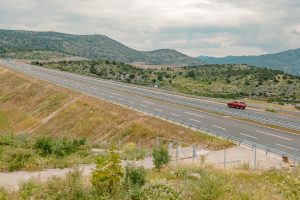Conceived and planned a decade ago under a near billion dollar Belt and Road Initiative (BRI) loan by the Export-Import Bank of China, and built by the China Road and Bridge Corporation (CRBC), the Bar-Boljare highway was supposed to represent a transformative connection between the Adriatic Sea and Belgrade, bolstering trade, connectivity and tourism for the small mountainous country of Montenegro. The controversial project has polarized the country and put Montenegro in seemingly insurmountable debt.
Elizabeth Economy wrote in a July 2023 article for the Financial Times: “Of course, Belt and Road has been a complicated mix of success and failure – cementing China’s economic, political, and strategic influence in some countries, while prompting significant popular backlashes in others.” And in some countries, like Montenegro, both the influence and the backlash exist simultaneously.
A small section of the “world’s most expensive road” – 41 kilometers from Smokovac to Matesevo out of a planned total length of 165 km – is open now just outside the Montenegrin capital of Podgorica, but it doesn’t go far. The multilane highway traverses rugged mountain terrain with an impressive series of tunnels and bridges in just under an hour, but then abruptly ends. There are few drivers on the road because of the expensive toll to take it for such a short distance. After exiting, it is back to dusty and bumpy roads, leaving drivers reminded of the past before the highway was built.
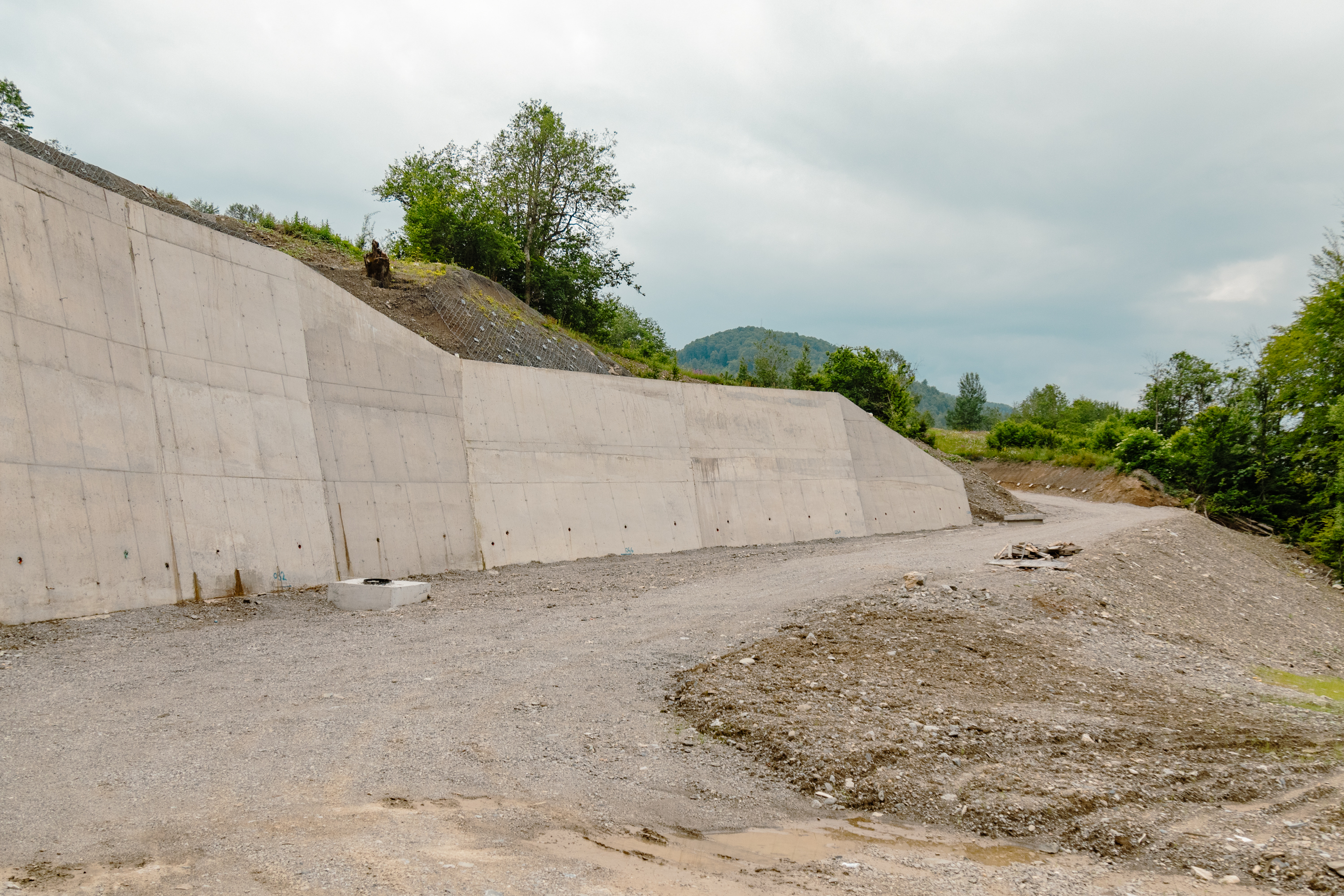
The end of the road in Matesevo. Photo by Nicholas Muller.
Former Montenegrin Justice Minister Dragan Soc characterized the pointless nature of the project in comments to NPR in 2021: “We make a joke: It is a highway from nothing to nothing.”
Despite its costs, it has significantly alleviated the time it takes to drive across this short but perilous section of the country, which used to take hours, and has contributed to a reduction in dangerous driving conditions on older, poorly maintained roads, enhancing overall road safety.
Road safety is a major issue in Montenegro; the country has had one of the highest traffic fatality rates in Europe.

Just north of Podgorica, a view of one of the bridges of the highway. Photo by Nicholas Muller.
An Economic Conundrum
Montenegro was one of the first countries in Europe to attach itself to China’s Belt and Road Initiative (BRI), keen to access ready funding for infrastructure.
Yet the Chinese loan from the costs of the highway has saddled the country with debt and nearly resulted in economic collapse, until Montenegro received restructured financing relief from European and U.S. banks. The debts amounted to more than a third of the government’s annual budget.
According to a 2023 U.S. State Department report: “Montenegro has one of the highest public debt-to-GDP ratios in the region.” And “[t]he completion of the full four-stage project continues to pose challenges to Montenegro’s fiscal position, given limited room to finance the construction of the three remaining sections.”
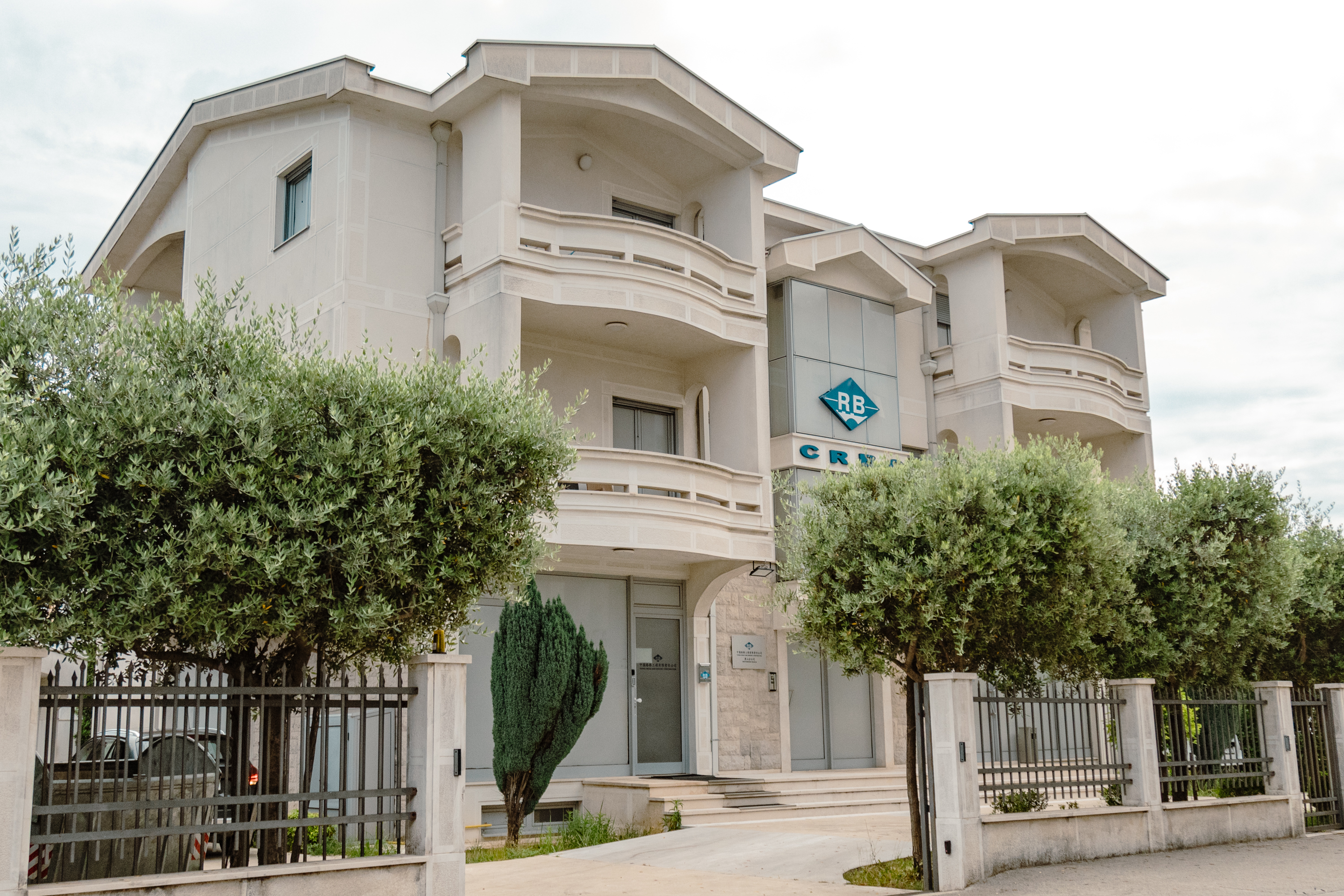
The China Road and Bridge Corporation (CRBC) office in Podgorica, Montenegro. Photo by Nicholas Muller.
Montenegro is not alone; other BRI members have struggled to manage the loans issued under the Belt and Road framework. According to Euronews, Argentina, Ethiopia, Kenya, Malaysia, Montenegro, Pakistan, and Tanzania are all dealing with extreme debt-to-GDP ratios that force crippling decisions in order to service the debt.
As Carla Freeman of the United States Institute of Peace wrote, “But now a lot of these [BRI] countries are saddled with immense debt and are having challenges repaying that debt. Also, they faced problems with forced resettlement of populations with often consequences for the stability of their countries. Environmental degradation has been associated with a lot of these projects. And so now that the hype is over, there’s a lot more international scrutiny.”
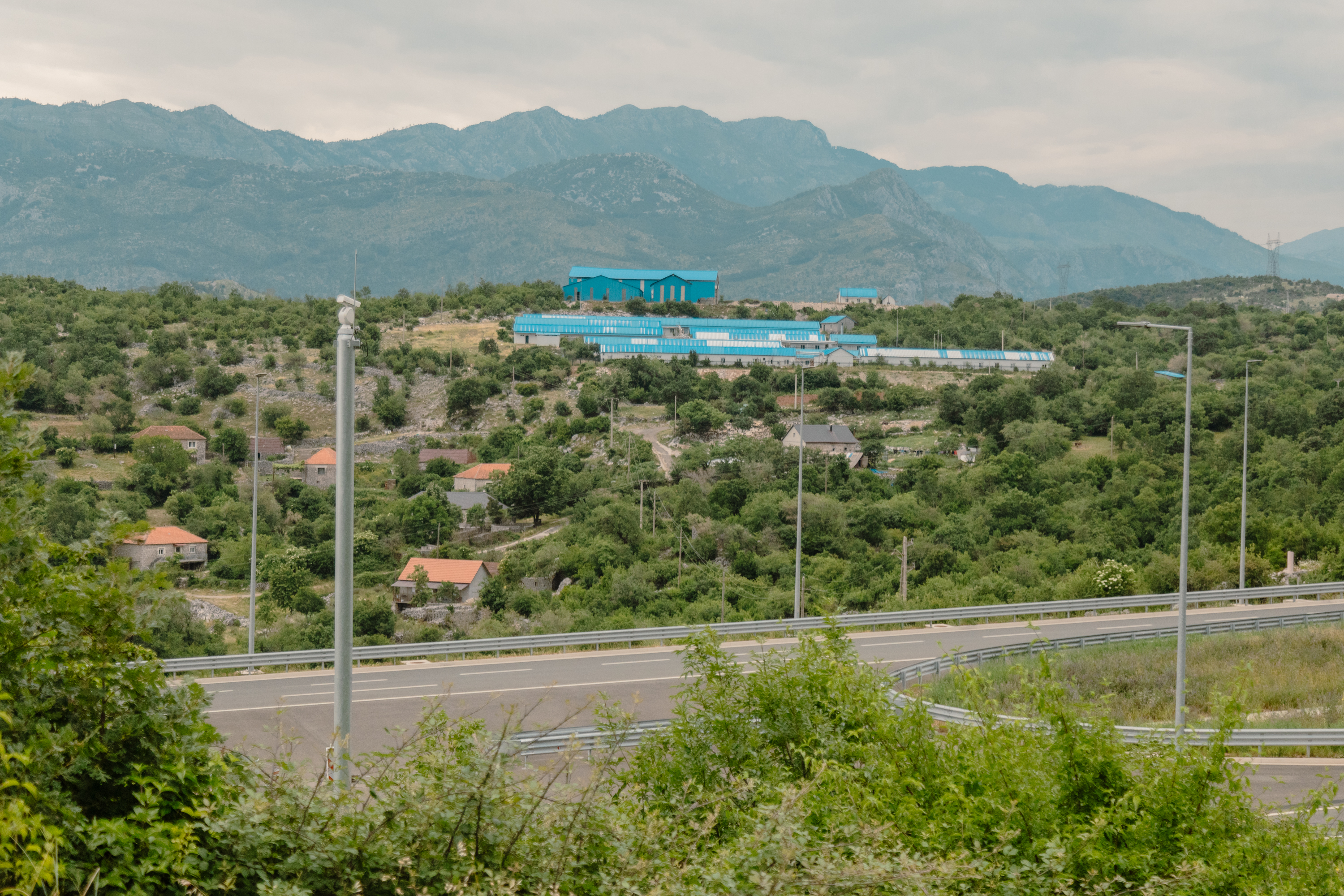
A former CRBC construction camp housing Chinese workers who were brought in to build the highway. Photo by Nicholas Muller.
In comments to Balkan Insight in 2022, Dejan Milovac, from the prominent watchdog MANS, characterized the project as lacking transparency.
“Even though the first section is finally finished, after almost seven years, we still do not have detailed and reliable information on how much the project cost and what the reasons for the delays were. We are also not informed whether the state adequately protected the public interest in the deal with the Chinese investors,” Milovac told Balkan Insight.
RFE/RL reported that the “2014 loan agreement with the Export-Import Bank of China has been made public, but nearly all other documents relating to the highway have been classified as secret by Podgorica, which many experts believe is due to binding clauses in the Chinese contracts.”

A house in Matesevo, Montenegro where the highway ends. The end of construction can be seen in the background. Photo by Nicholas Muller.
A Heavy Environmental Toll
In addition to the fiscal burden, the project has enacted a heavy cost from the 78-kilometer long UNESCO-protected Tara River Gorge. Environmental experts in Montenegro have deemed the river “effectively dead.” Since the highway was built nearby, the fish have disappeared. Locals blame poisoning of the water supply by Chinese workers dumping materials into the river.
Unused construction parts from CRBC, the Chinese construction company, are left strewn along the Tara’s banks, and the once pristine water is now full of debris from dump sites and sediments, which are flushed into the river, destroying it. It’s not clear how the government plans to revitalize the river.
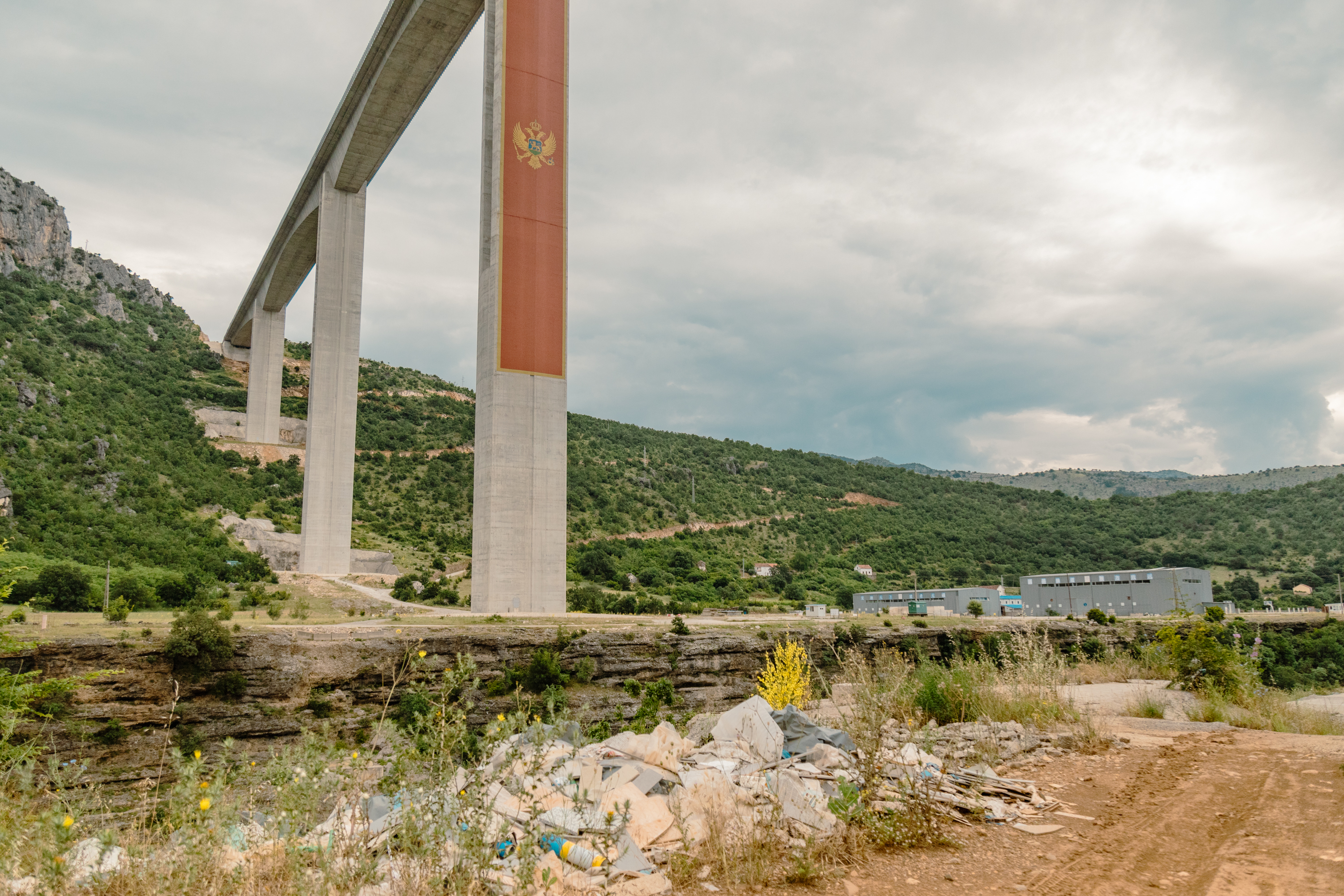
Debris left by the construction company is left in numerous places along the highway and in the rivers. In the background is a former CRBC construction camp housing Chinese workers brought in to build the highway. Photo by Nicholas Muller.
For years, activists had warned of the toll construction and pollution were taking on the Tara River. In 2021, the country launched the first state investigation into CRBC concerning the environmental damage to the UNESCO-protected river. Activist groups’ concerns and Montenegro’s Nature and Environmental Protection Agency (NEPA) were repeatedly ignored by CRBC. Criminal charges were brought, but were later dismissed.
After sour experiences with BRI infrastructure projects 10 years on, many countries have shied away from taking on new Chinese projects. But in March 2023, Montenegro awarded new road contracts to Chinese firms for a coastal highway between the main tourism centers from Budva to Tivat.
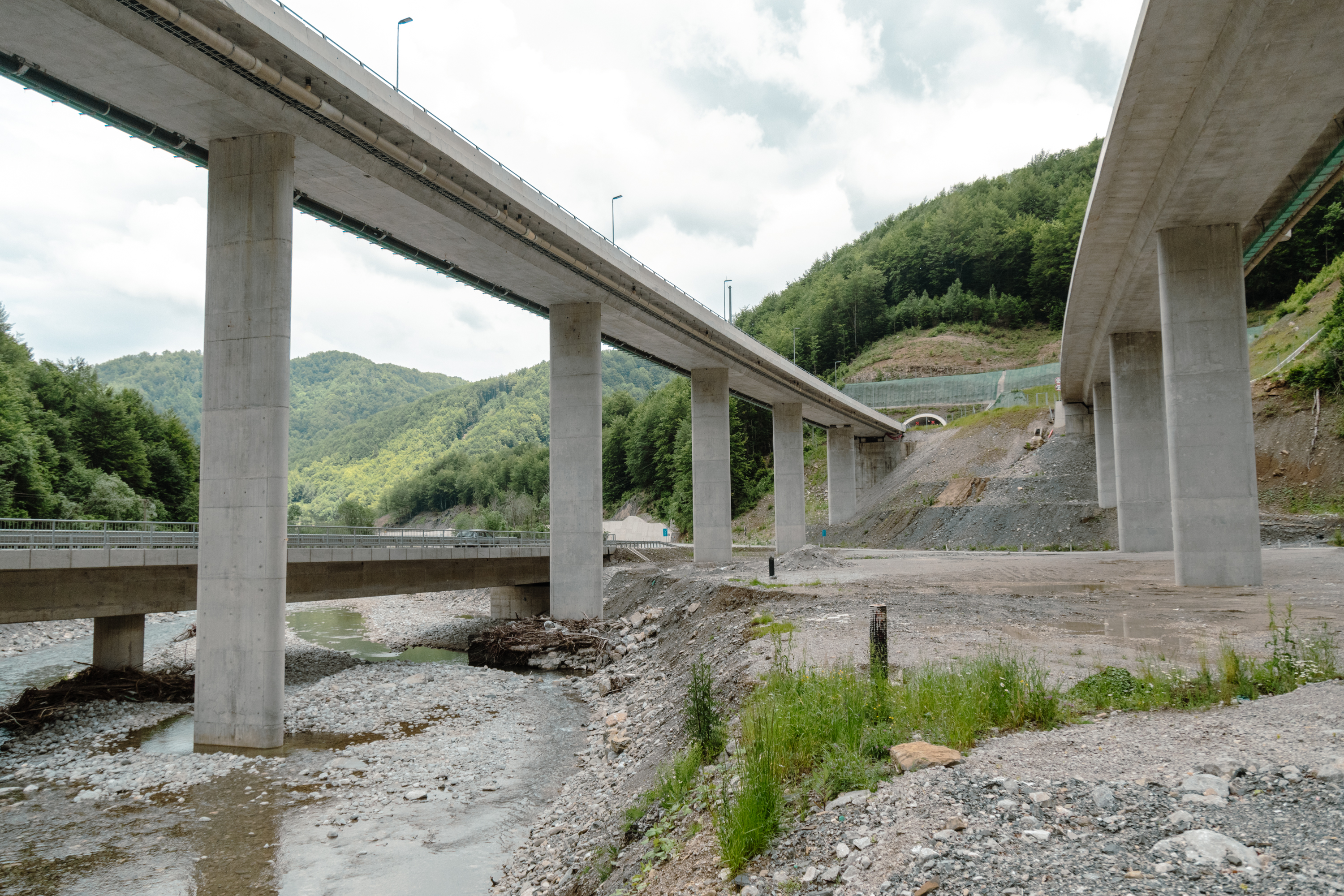
A view of the damage caused to the Tara River by the construction of the highway. Photo by Nicholas Muller.
Although some of the inner workings of the deal have since been revealed, many documents relating to the Montenegrin highway have been classified as secret, leaving Montenegrins in the dark about the details.
The Chinese workers who lived on site for years have gone home now that the first section is done. Now Montenegro is left with the bill from the previous government and uncertainty, as to whether the remaining sections of the road will ever be built in the future.













